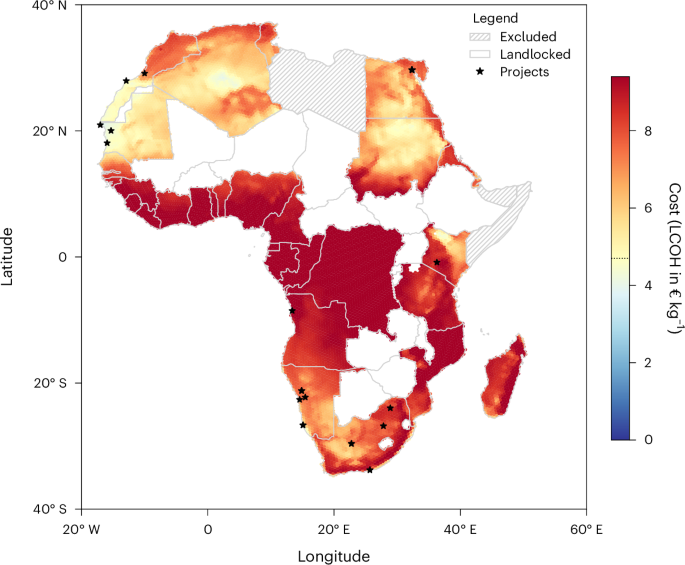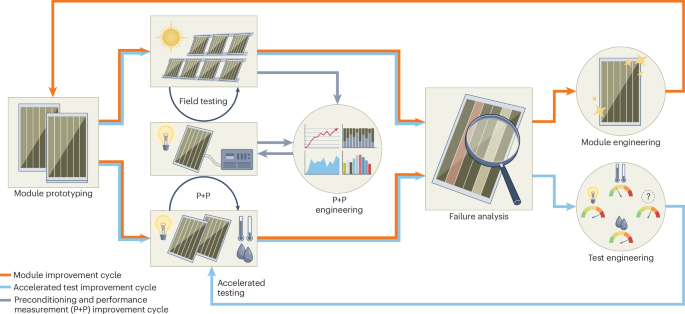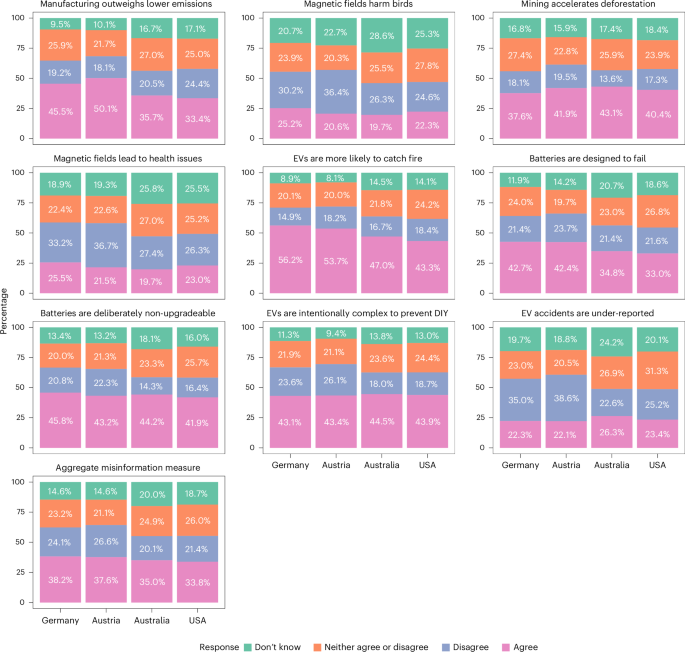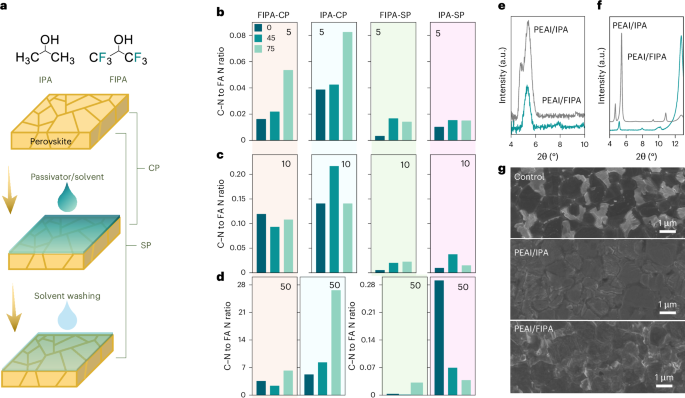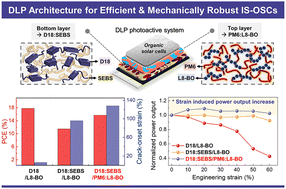1D ZrCl4 Matrices for Enhanced Ion Transport in Glassy Chloride Electrolytes
Advanced Energy Materials, EarlyView.

ZrCl4 with a polymer-like chain structure is used as the matrix for dissociating salts, which resembles polymeric SSEs such as polyethylene oxide (PEO). The dissociated ions coordinate with the [ZrCl6] octahedra, forming fast ion-conducting pathways along ZrCl4 chains. Meanwhile, ZrCl4 anchors the anions through its Lewis acidity, resulting in a cation transference number close to unity.
Abstract
Designing a solid-state electrolyte (SSE) that combines the lithium-ion transport behavior found in liquid or solid polymer electrolytes with the high lithium-ion transference number characteristic of inorganic SSEs is an immensely appealing challenge. Herein, a cost-effective, chain-structured ZrCl4 is introduced as a hosting matrix, resembling polyethylene oxide (PEO), to facilitate the dissociation of lithium salts (e.g., LiCl, Li2SO4, and Li3PO4). The dissociated free Li-ions can be coordinated by the [ZrCl6] octahedra, forming fast ion-conducting pathways along ZrCl4 chains that achieve an ionic conductivity as high as 1.2 mS cm−1. Simultaneously, ZrCl4 serves as a Lewis acid, trapping anions and delivering a high lithium transference number approaching unit. The proposed electrolyte exhibits stable cycling performance when integrated into LiNi0.8Mn0.1Co0.1O2||Li-In cells. Moreover, this design strategy also extends to the synthesis of sodium-ion conductors, achieving a high ionic conductivity of 0.3 mS cm−1. Demonstrating a previously unreported lithium-ion conduction mechanism, the proposed ZrCl4-based electrolytes offer a versatile approach for tailoring advanced SSEs.


























































































































